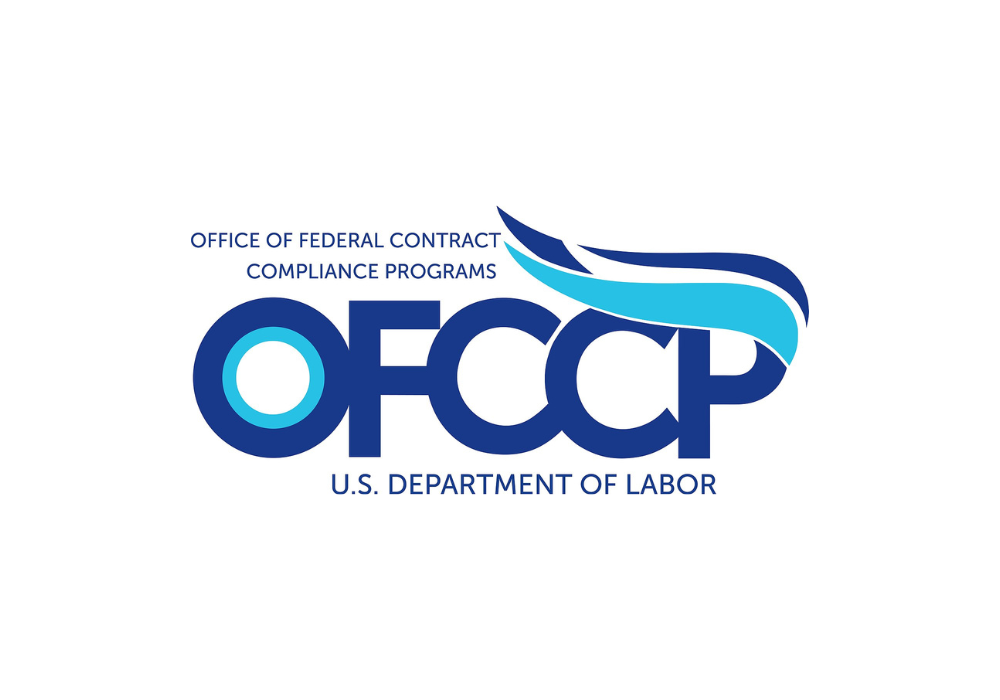On April 15, 2025, President Trump issued Executive Order 14275, “Restoring Common Sense to Federal Procurement.”[i] The Order directs the FAR Council to reduce the size of the FAR by eliminating non-statutory requirements but also maintain the basic necessities for Federal contracting essential to efficient, secure, and cost-effective procurement, all within 180 days. The President’s Order was followed up on by two memos: one from the Office of Management and Budget spelling out the guiding principles and implementing actions for the rewrite[ii] and one from the FAR Council providing “Deviation Guidance to Support the Overhaul of the Federal Acquisition Regulation.”[iii] Under this FAR Council directive, agencies are to issue these deviations within 30 days of the release of the model deviation.
Dubbed “FAR 2.0”, or within Government called the “Revolutionary FAR Overhaul (“RFO”), the objective is to streamline the FAR, have one central location for government and industry (called a “shared rulebook”), and ensure safeguards against waste, fraud and abuse.[iv] However, these objectives have been sublimated to favoring speed over uniformity and making the changes now at the expense of the “notice and comment” process that has been the foundation for changes to the federal acquisition system for the past forty years.[v]
Model Class Deviations
The FAR Council is starting to issue model deviation guidance to kickstart the FAR streamlining effort. Two sets of changes have been released to date. Additional changes will be released on a rolling basis, although there is no publicly available schedule for the sequence of FAR revisions or when a release will be issued. The entire FAR rewrite will be covered by these model deviations and adopted by agencies as applicable to their own procurements until the entire FAR is rewritten. Only then will formal rulemaking commence.
On May 2, 2025, the FAR Council issued its first set of two model class deviations, one covering FAR Part 1, titled “Federal Acquisition Regulation System,” and one covering FAR Part 34, titled “Major System Acquisition.”[vi] But to illustrate my point of speed over uniformity, thirty days after this first release, as of June 3, 2025 only seven civilian agencies had issued class deviations to implement these first two model revisions, and DoD was not one of them.
On May 22, 2025, the FAR Council issued its second model class deviation, this covering market research.[vii] As of June 3, 2025, only three agencies have published class deviations to implement the model revision, and DoD is not one of them.
Effective Dates
It is a foundational tenant of the FAR that changes to the acquisition regulations are to be applied prospectively unless there is a clear statutory or policy guidance to give any change retroactive effect. Ideally, even these prospective changes will be applied only to NEW solicitations first issued after the effective date of the revision – however it is put into effect. The model class deviations issued to date, and the implementing class deviations made publicly available to date, provide only that the class deviation is “effective immediately and remains in effect until rescinded or incorporated into the FAR.” The deviation doesn’t differentiate between new solicitations and new contracts – but that difference is significant to industry if changes prior to award have a material impact on the basis on which the offeror bid and was awarded the contract.
Public Comments Welcome
While the FAR Council welcomes “informal” public comment on each change as it is published, and provides a reasonable period for the submission of such comments, they have announced that they may or may not read those submissions, and they will definitely not respond to them. As noted above, the formal notice and comment period likely won’t come until the entire FAR has been updated via deviations and long since been in effect.
What Should Contractors Do?
Until this FAR Rewrite is through the notice and comment period and a final rule is issued, companies can no longer depend on the FAR as the single, or even the best, source of information on how the federal acquisition system will work or how individual agency buying activities will “go to market” at any point in the future. Beginning now, companies will have to carefully monitor both the RFO website and their buying agency’s class deviations, including effective dates, to know what changes have been made and what the future solicitation and contract clauses will be. To its credit, the FAR Council is at least (so far) making a lot of information available to the public on the changes, including line-in/line-out text and other “non-regulatory guidance,” and is collecting each agency-issued class deviation on the RFO site as issued.
Conclusion
This FAR rewrite is a massive undertaking, exacerbated by the focus on speed and rapid implementation. The uniform FAR, if we ever had it since 1984, is still the holy grail for this effort, but we are months away from knowing whether it will be successful. In the interim, follow the deviation process, comment whenever possible, and watch out for helpful provisions that may be left on the Rewrite cutting room floor. We’re closely monitoring these actions, as well.
If you any questions or need any additional information, please contact the author or the Centre Law attorney with whom you normally work.
—
[i] Executive Order 14275, April 15, 2025, titled “Restoring Common Sense to Federal Procurement”, available at https://www.govinfo.gov/content/pkg/FR-2025-04-18/pdf/2025-06839.pdf. Last viewed June 4, 2025.
[ii] See OMB memo M-25-26, May 2, 2025, titled “Overhauling the Federal Acquisition Regulation,” available at https://www.acquisition.gov/sites/default/files/page_file_uploads/M-25-26-Overhauling-the-Federal-Acquisition-Regulation-002.pdf. Last viewed June 4, 2025.
[iii] See FAR Council memo, May 2, 2025, titled “Deviation Guidance to Support the Overhaul of the Federal Acquisition Regulation,” available at https://www.acquisition.gov/sites/default/files/page_file_uploads/FAR-Council-Deviation-Guidance-on-FAR-Overhaul.pdf. Last viewed June 4, 2025.
[iv] Interestingly, these are the same objectives that were laid out for the creation of the Federal Acquisition Regulation as it was established on April 1, 1984. I was an interested congressional staffer at the time. But it rapidly lost traction on that uniformity goal because of agency actions and numerous congressional laws targeting DoD or other specific Federal agencies. See my March 27, 2025, blog “How Much Less FAR is Enough,” available at https://test.fastwebcreations.com/blog/how-much-less-far-is-enough/. Last viewed June 4, 2025.
[v] To be sure, federal agencies have had the authority, provided for and spelled out in the FAR, to issue deviations from the FAR to address agency unique needs or requirements. For example, in 2023, DoD issued 9 class deviations; in 2024, it issued 8 class deviations. See DPCAP Class Deviations, available at https://www.acq.osd.mil/dpap/dars/class_deviations.html. Last viewed June 4, 2025.
[vi] See the RCO main page on Acquisition.gov, available at https://www.acquisition.gov/far-overhaul/far-part-deviation-guide. Last viewed June 4, 2025.
[vii] Id.




